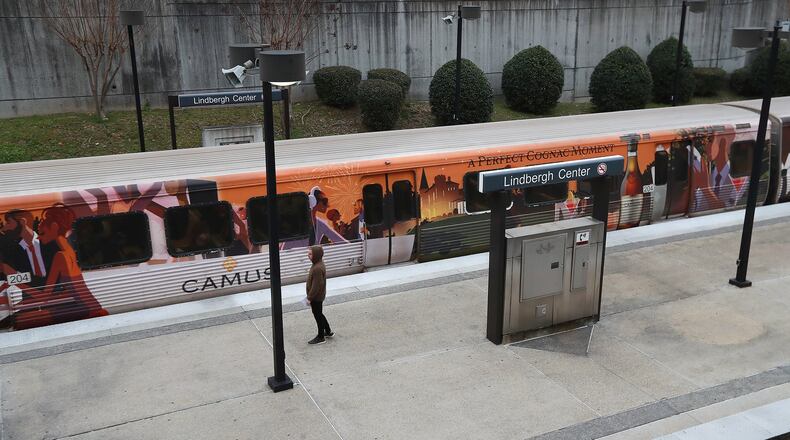Since Atlanta voters agreed to raise sales taxes to fund more transit three years ago, MARTA and the city of Atlanta have been trying to reconcile a long list of projects with a short pile of cash.
We don’t envy them. Nearly 20 years after the last rail stations were built, we need all the projects on the More MARTA list – improved bus service, crosstown bus rapid transit lines and light rail – and we need them now.
That’s why we think MARTA must get more aggressive, and more creative, about turning those plans into concrete and steel that move more people around the metropolitan core. And the way to start is to get light rail rolling on the Atlanta Beltline by 2030.
The Beltline runs through more than 40 neighborhoods on a right-of-way separated from stop-and-go traffic. Like a wheel and spokes, it crosses MARTA’s existing rail lines at all four points of the compass and intersects roughly three dozen bus lines. That would expand rapid transit to far more destinations, boosting mobility in a city that’s in desperate need of alternatives to one-person, one-car commuting.
It’s that connectivity that makes the Beltline so transformative — not just by bringing in new development, but by stitching together neighborhoods split apart in the past. Transit has been central to the Beltline from the beginning, “because it was the thing that made the Beltline for everyone,” as Beltline Rail Now co-founder Ryan Gravel puts it.
With two decades of public input and environmental studies since Gravel first proposed it in 1999, the Beltline is closer to being shovel-ready than any other rail project on the More MARTA list. At $55 million per mile, it’s also the cheapest.
We’ve heard the calls to wait and re-think all that planning, because autonomous vehicles are going to change everything in a decade or two. But we can’t wait that long to trade in our jet packs for a self-driving bus when we have a proven technology ready to deploy. And while light rail is designed to run in a green railbed alongside the Beltline pedestrian path, autonomous shuttles would mean paving much more of that green space, turning a transformative project into just another road.
Nor can we wait any longer for a regional solution when Atlanta streets are filling up with newcomers eager to live in the heart of the city. If other communities want to join later, as we hope, they could tie in at new stations on the Beltline, like the Armour railyard north of Midtown or the now-vacant Hulsey Yard, the CSX freight transfer station along DeKalb Avenue, where commuter rail passengers could transfer to light rail or MARTA’s existing heavy rail.
That’s why we were disappointed to see the More MARTA construction timetable sidelining much of the project until the 2030s and ‘40s. That’s not what Atlantans voted for in 2016, and getting this wrong risks their support in the future. Other transit projects may have deep-pocketed, well-connected champions, but the Beltline has a record of public support that decision-makers ignore at their peril.
It’s time for MARTA and the city to explore different ways to finance transit faster. It could look to public-private partnerships, for instance, or issue bonds funded by sales tax revenue to start construction on the Beltline and speed up the planning and engineering work on other projects.
When John F. Kennedy committed America to going to the moon in 1961, he didn’t say, “I have this pot of money — tell me how far we can get with it.” He said, “Let’s put a man on the Moon before the end of the decade,” and told NASA and Congress to figure out how. That’s the kind of attitude we need to see from our leaders. Anything less is unacceptable.
Matthew Rao is chair of Beltline Rail Now, and Patty Durand is Beltline Rail Now vice chair.
About the Author
Keep Reading
The Latest
Featured



